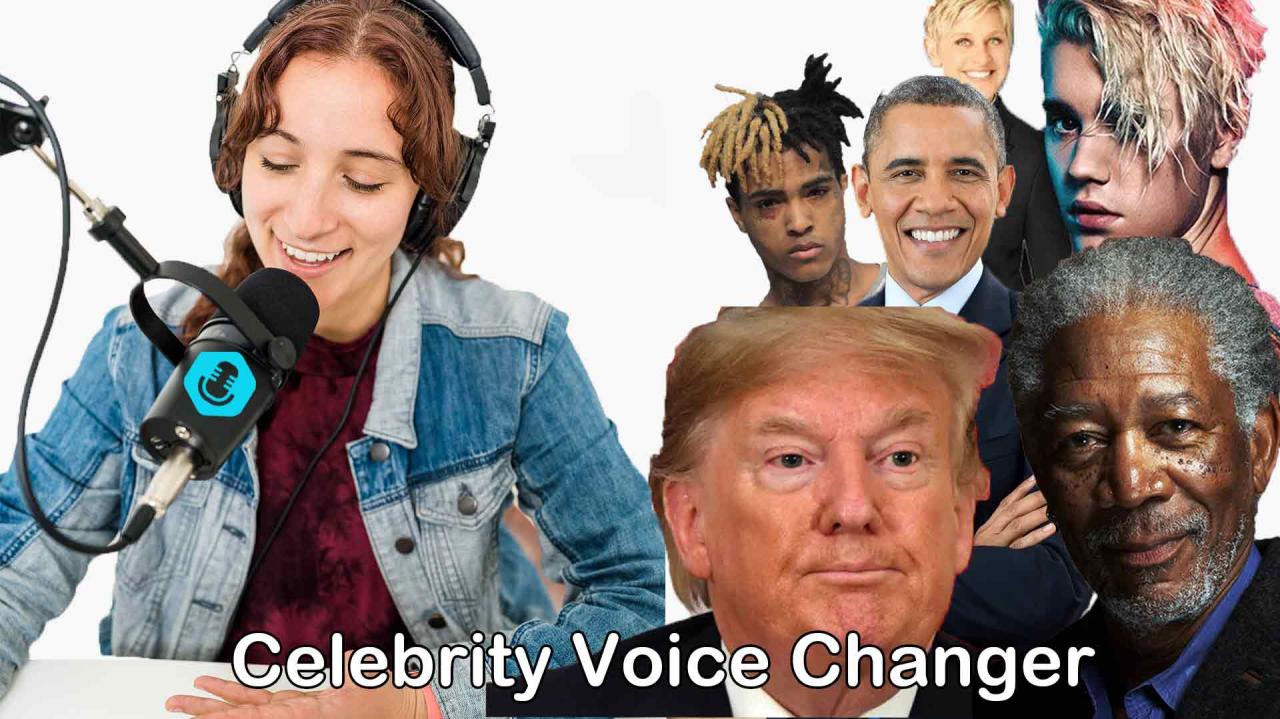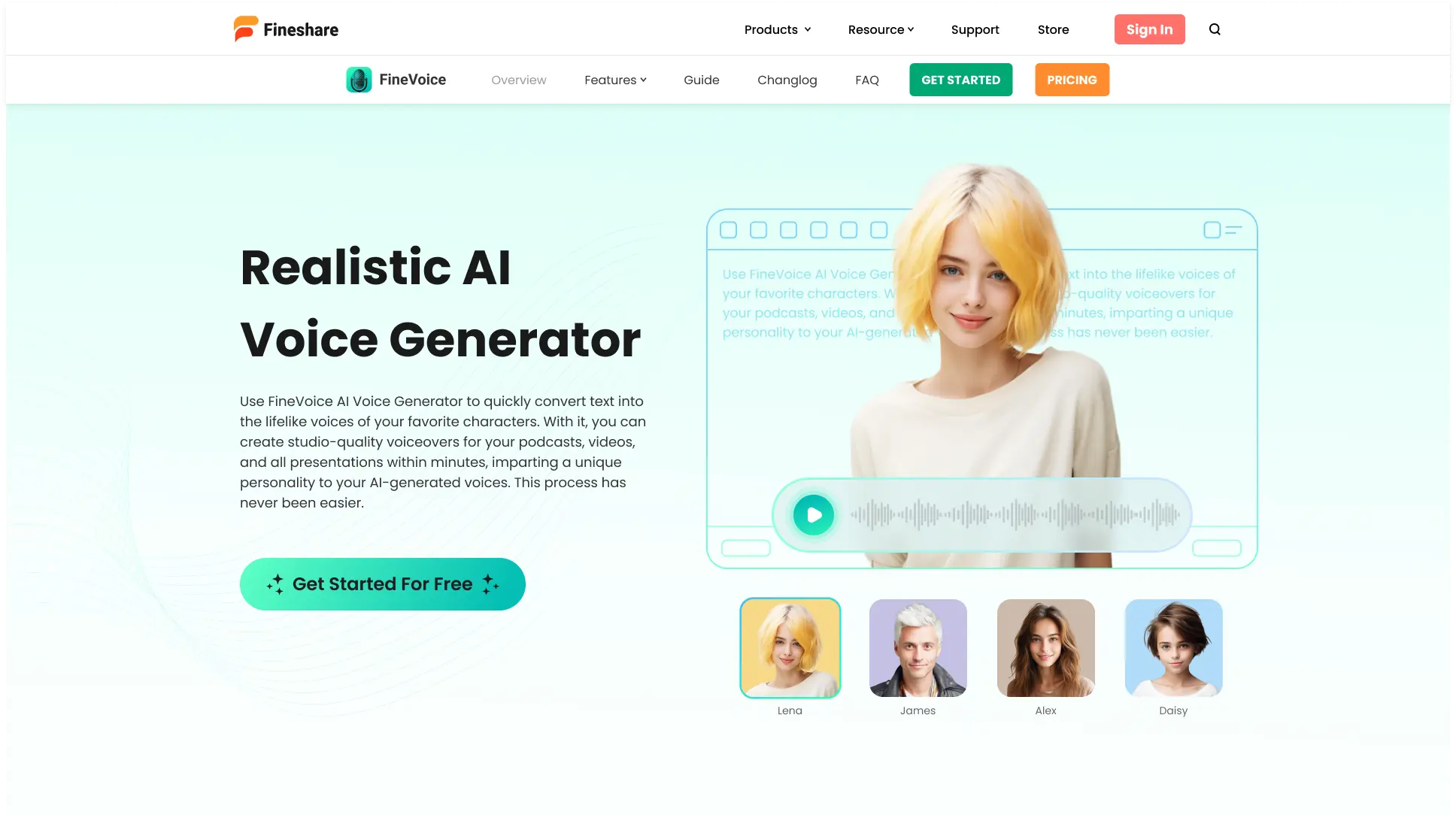AI voice generator technology is rapidly transforming how we interact with machines and each other. From realistic text-to-speech applications to sophisticated voice cloning, AI is creating entirely new possibilities for communication and content creation. This guide dives into the core principles, technical aspects, ethical considerations, and future trends of this exciting field.
We’ll explore various AI voice generator types, including text-to-speech and voice cloning, and examine their real-world applications across diverse industries like gaming, customer service, and education. We’ll also delve into the technical intricacies, such as data collection, model training, and the role of natural language processing in achieving natural-sounding synthetic voices. Understanding the ethical implications, including the potential for misuse and deepfakes, is crucial, and we’ll address strategies for mitigation.
Finally, we’ll look ahead to future advancements and the potential integration of AI voice generators with other technologies.
AI voice generators are awesome for creating realistic audio, perfect for narrating anything from audiobooks to video games. Think about how cool it would be to hear a generated voice announce the news, like “Seventeen-year-old Luke Littler just shocked the world by winning a major darts championship – check out the details here: Luke Littler wins World Darts Championship at age of 17 – but which.” Then, imagine using that same AI to create a celebratory victory speech for the young champ!
AI Voice Generators: A Deep Dive
AI voice generators are transforming how we interact with technology and each other. This technology, capable of producing realistic and expressive synthetic speech, is rapidly finding applications across various industries. This article provides a comprehensive overview of AI voice generation, covering its underlying principles, technical aspects, ethical considerations, and future trends.
Introduction to AI Voice Generation Technology

AI voice generation leverages deep learning models to synthesize human-like speech from text or audio input. These models learn patterns and nuances from vast datasets of human speech, enabling them to generate audio that closely mimics natural human voices. There are two primary types: text-to-speech (TTS) and voice cloning. TTS converts written text into spoken words, while voice cloning replicates a specific individual’s voice using a smaller dataset of their unique speech patterns.
Real-world applications span diverse fields, including audiobooks, virtual assistants, customer service chatbots, video games, and accessibility tools for individuals with visual impairments.
Technical Aspects of AI Voice Generation, Ai voice generator
Creating a synthetic voice involves several steps. First, a large dataset of speech recordings is collected, ensuring diversity in accents, tones, and speaking styles. This data is then used to train a deep learning model, typically a recurrent neural network (RNN) or a convolutional neural network (CNN), which learns to map text or audio input to corresponding speech waveforms.
Popular models include WaveNet, known for its high-quality audio, and Tacotron, which combines a sequence-to-sequence model with a vocoder. Natural Language Processing (NLP) plays a crucial role by analyzing the text input to understand context, emotion, and intent, thus enhancing the realism and expressiveness of the generated speech. NLP helps the AI understand nuances like sarcasm, emphasis, and pauses.
| Voice Generation Technique | Pros | Cons | Suitable Applications |
|---|---|---|---|
| WaveNet | High-quality audio, natural-sounding speech | Computationally expensive, slower generation speed | Audiobooks, high-fidelity applications |
| Tacotron | Relatively fast generation, good control over prosody | Can sometimes lack the nuanced detail of WaveNet | Virtual assistants, interactive voice response systems |
| Neural Vocoders (e.g., WaveRNN) | Efficient waveform generation, good for real-time applications | Can sometimes produce artifacts in the generated audio | Real-time speech synthesis, mobile applications |
| Concatenative Synthesis | Fast generation, relatively low computational cost | Limited expressiveness, can sound unnatural or robotic | Simple applications where high quality isn’t crucial |
Evaluating the Quality of AI-Generated Voices
Assessing the quality of synthetic speech involves several key metrics. Naturalness refers to how closely the voice resembles a human voice, often measured using subjective listening tests and Mean Opinion Score (MOS). Clarity evaluates the intelligibility and understandability of the generated speech. Emotional expressiveness is measured by assessing the voice’s ability to convey emotions such as happiness, sadness, or anger, often through analysis of pitch, intonation, and rhythm.
Prosody, encompassing aspects like intonation, stress, and rhythm, contributes significantly to the naturalness and expressiveness of speech. Factors such as intonation, pitch, rhythm, pace, and the presence of natural pauses all influence the perceived quality of an AI voice.
Ethical Considerations and Challenges
The increasing realism of AI voice generators raises ethical concerns, particularly regarding the potential for deepfakes – audio recordings that convincingly impersonate someone’s voice. Misuse of this technology could lead to identity theft, fraud, or the spread of misinformation. Mitigating these risks requires robust authentication methods, such as watermarking generated audio and developing advanced detection techniques. The potential impact on employment in sectors like voice acting and customer service also needs careful consideration.
Transitioning roles and retraining workers will be crucial.
Future Trends and Developments
AI voice generation is poised for significant advancements. We can expect increasingly realistic and personalized voices, capable of mimicking individual accents and emotional nuances with greater accuracy. Emerging applications include personalized learning experiences, where AI tutors adapt their speech to individual students’ needs, and more sophisticated virtual assistants that understand complex commands and exhibit more natural conversational flows. Integration with AR and VR technologies will create immersive and interactive experiences.
AI voice generators are pretty cool, right? You can create realistic voices for all sorts of projects. Think about using one to announce breaking news, like the Alexander-Arnold decision to join Real Madrid branded ‘100 percent , imagine a dramatic AI voice delivering that headline! Then, you could use the same generator to create a more casual tone for a different application – the possibilities are endless.
Case Studies of AI Voice Generator Implementations

Several successful implementations highlight the versatility of AI voice generators. For example, in gaming, AI-generated voices are used to create realistic and engaging characters, enhancing player immersion. In customer service, AI-powered chatbots provide 24/7 support, handling routine inquiries and freeing up human agents for more complex tasks. A notable example is Google’s use of TTS in its Google Assistant.
Challenges faced often include managing data privacy, ensuring consistent quality across diverse contexts, and balancing automation with human oversight.
- Gaming: AI-generated voices enhance character realism and immersion, reducing development costs and allowing for diverse character voices. Challenges include maintaining consistency in voice quality and emotion across different game scenarios.
- Customer Service: AI chatbots offer 24/7 availability and handle routine inquiries, improving efficiency and customer satisfaction. Challenges involve handling complex requests and managing user expectations.
- Audiobook Production: AI allows for rapid production of audiobooks in multiple languages and voices, expanding access to literature. Challenges include ensuring the AI’s performance matches the nuances of human narrators.
Illustrative Examples of AI Voice Generation
Consider these scenarios to understand the application diversity of AI voice generation:
- Personalized Audiobook: An AI voice generator could create an audiobook with a voice tailored to the listener’s preferences, adjusting tone, pacing, and emotional delivery to match the narrative’s mood. The AI might adopt a calm, soothing voice for a relaxing story or a more dramatic, energetic voice for a thriller.
- Smart Home Virtual Assistant: An AI-powered virtual assistant for a smart home device could have a friendly, helpful personality, using a clear and concise voice to provide information and respond to commands. The voice’s personality could be customized to match the user’s preferences, ranging from formal to informal.
- Video Game Character Voice: In a video game, an AI voice generator could create a character voice with unique characteristics that reflect the character’s personality and background. For example, a gruff, deep voice might suit a hardened warrior, while a high-pitched, playful voice might be appropriate for a mischievous sprite.
Concluding Remarks

AI voice generators represent a powerful and evolving technology with immense potential across numerous sectors. While ethical considerations and potential risks must be carefully addressed, the ongoing advancements in realism, personalization, and integration with other technologies promise a future where synthetic voices seamlessly blend into our daily lives, enriching communication and expanding creative possibilities. This guide provides a foundational understanding to navigate this exciting landscape.
FAQ Resource: Ai Voice Generator
How much does an AI voice generator cost?
Costs vary widely depending on features, usage, and provider. Some offer free tiers with limitations, while others charge subscription fees or per-use costs.
AI voice generators are getting super realistic these days, making it easy to create custom audio for all sorts of projects. Want a hype-filled announcer for your next big game? Check out the action with this link to Tune In: Virginia Tech vs. Minnesota for some inspiration; you could even use an AI voice to narrate highlights afterward! The possibilities for using AI voice generators are truly endless.
What are the limitations of current AI voice generators?
Current limitations include occasional unnatural pauses or inflections, difficulty conveying complex emotions convincingly, and potential for misinterpreting nuanced text.
Can I use an AI voice generator for commercial purposes?
Always check the specific license agreement of your chosen AI voice generator. Many require separate commercial licenses.
Are AI-generated voices easily detectable?
Detection is becoming increasingly difficult as technology improves, but subtle cues like unnatural pauses or inconsistencies can still sometimes be identified.
